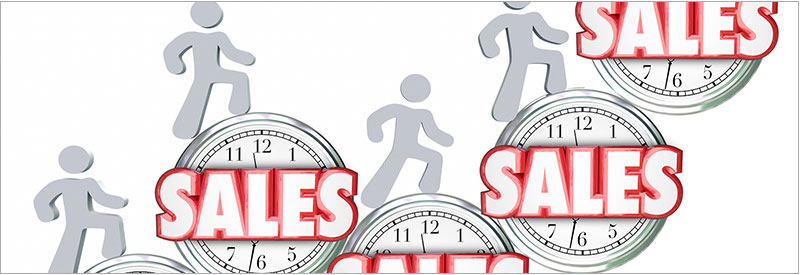Six Benefits to Adopting Mutual Action Plans
Mutal action plans, also known as customer success plan, joint execution plans or go-live plan, ensure the sales and delivery team is in alignment...

Today’s sales leader is expected to be part sales superstar who still closes deals and models the desired sales behaviors, part sales trainer, part CRM/ATS expert, part “chief problem solver,” and responsible for a plethora of other responsibilities including territory management, compensation and commission plans, performance  management, recruitment and selection, customer segmentation, sales strategy, sales forecasting and opportunity management. And most important of all, sales coaching.
management, recruitment and selection, customer segmentation, sales strategy, sales forecasting and opportunity management. And most important of all, sales coaching.
Given such a multitude of responsibilities, the sales leader’s most pressing challenge is knowing which tasks and activities to focus on that will deliver the greatest return. The million-dollar question is, how do sales leaders know which tasks and activities those are? The answer lies in their sales coaching sales cadence.
In this blog post, the important of sales cadence, I share with you what sales cadence is, why it is important and examples of good sales cadence vs. poor sales cadence.
Let’s compare Sam, your typical sales leader with Donna, a high performing sales leader. and the characteristics that typify how they manage themselves and their sales teams.
Sam The Average Sales Leader
Donna, The High Performing Sales Leader
Donna on the other hand is predictable because she is consistent with her team in everything that she says and does. Her team knows exactly what she expects and team members know exactly where they stand with Donna.
What is the difference between Sam and Donna? Donna has a sales cadence. A sales cadence defines your frequency, nature of, and sequence for meeting with and engaging your sales team. Your sales cadence is rhythmic in nature and sets the tone for creating a high performing sales team. You could say your sales cadence is the backbone of your sales culture. The sales cadence is how sales leaders track and monitor progress and manage their sales team. A clearly defined and transparent sales cadence is a key success factor to sales leadership.
A good sales cadence takes into account the following elements.
As I mentioned at the onset, the sales leader’s most pressing challenge is knowing which tasks and activities to focus on that will deliver the greatest return. Too much focus on rigor (bureaucratic rules, forms to complete and reports to run that ultimately don’t improve sales results) will alienate your sales team and fail to deliver the desired results and too little discipline (as we saw with Sam) will create a culture of mediocrity where poor performance is acceptable. Having a sales cadence is the only thing that will ensure a sales leader can consistently achieve all that is asked, maintain order, and optimize performance. Because your sales cadence establishes the priorities, action items, timing, and approach for the sales leader, a cadence is critical to achieving consistent sales results. This ongoing management process helps keep track of things on a daily, weekly, monthly, quarterly and annual basis.
To learn more about sales coaching and how to build a culture of accountability through empowerment, download our eBook today!

Mutal action plans, also known as customer success plan, joint execution plans or go-live plan, ensure the sales and delivery team is in alignment...

For the past few years, we've seen and heard the term "DevOps." You've likely seen them in the job descriptions you receive from your customers;...

Sales conversion ratios measure the effectiveness of your sales team at converting leads into new customers. It's an important metric to track for a...